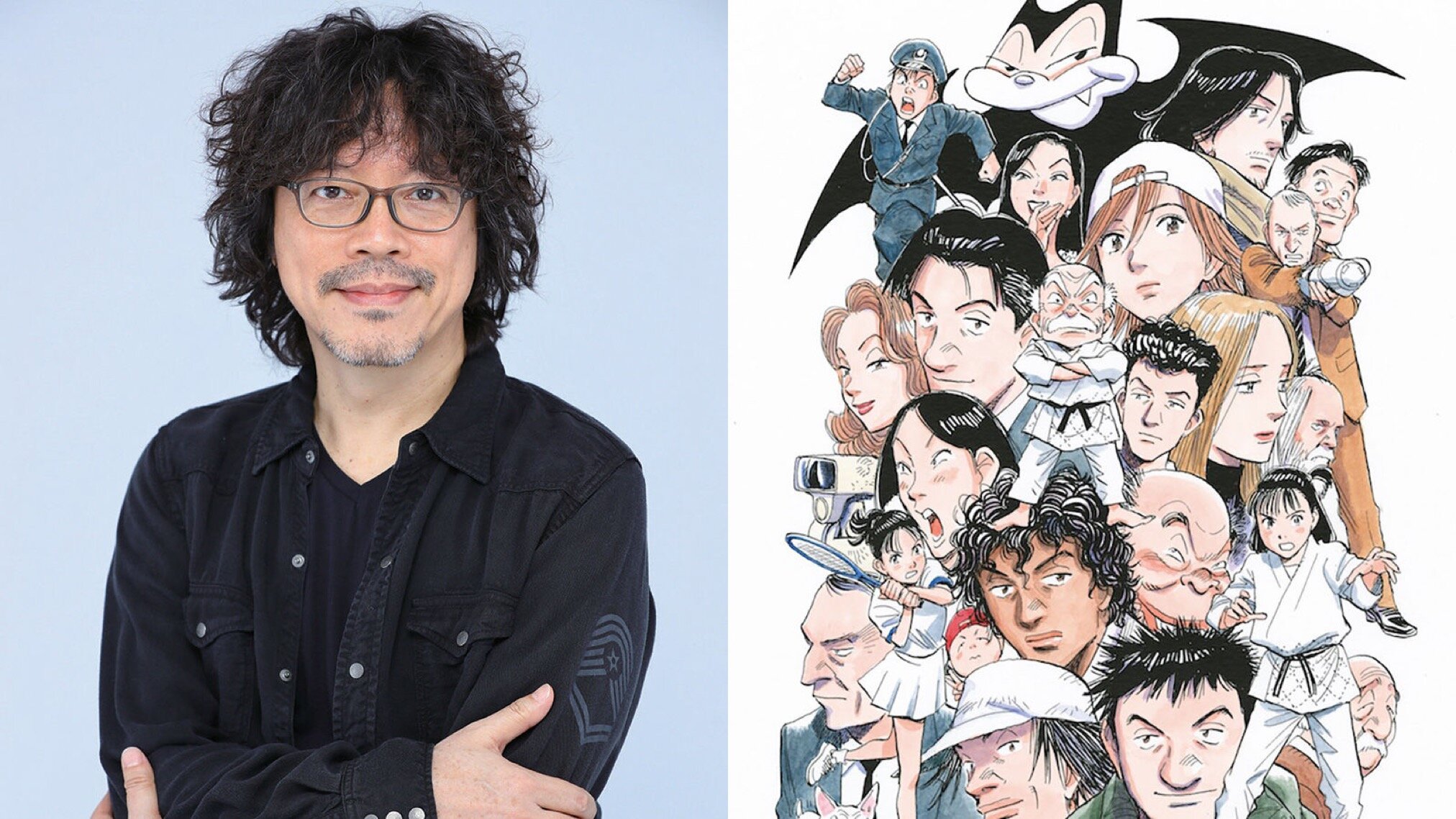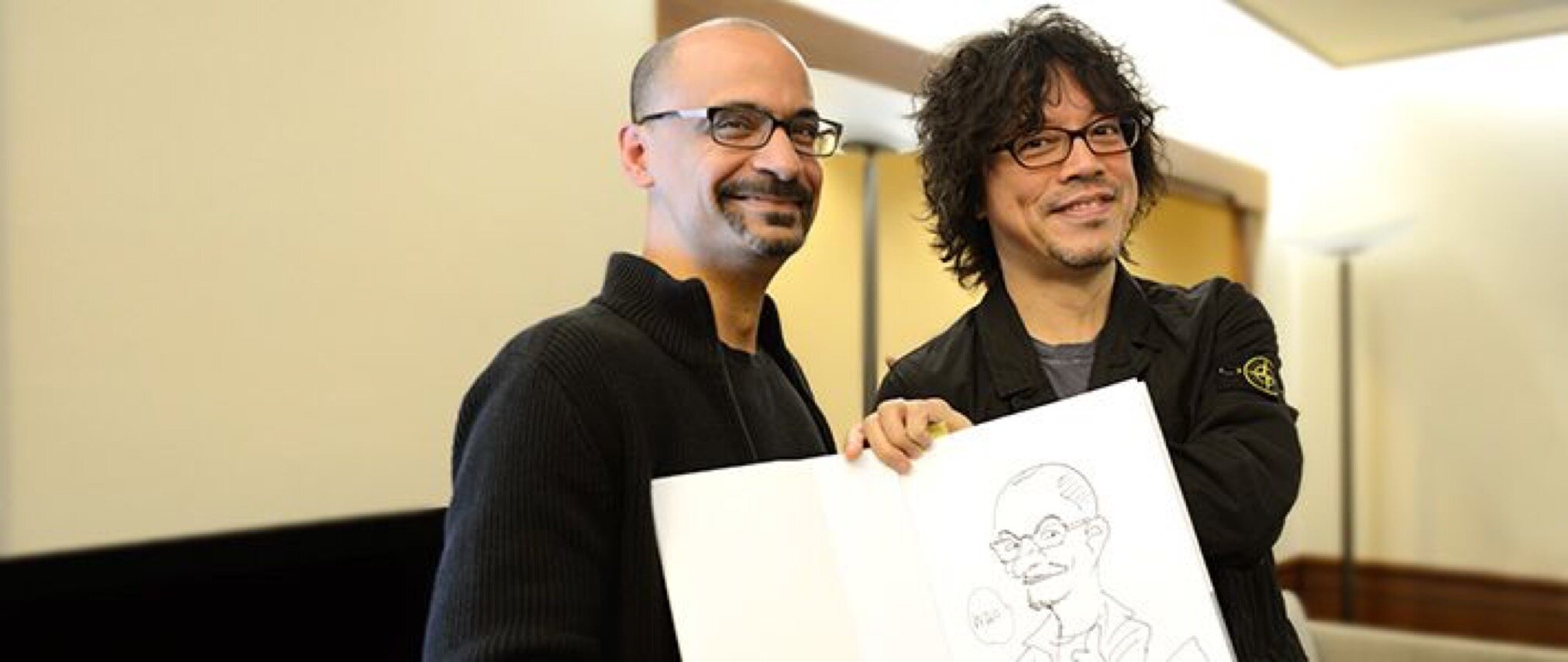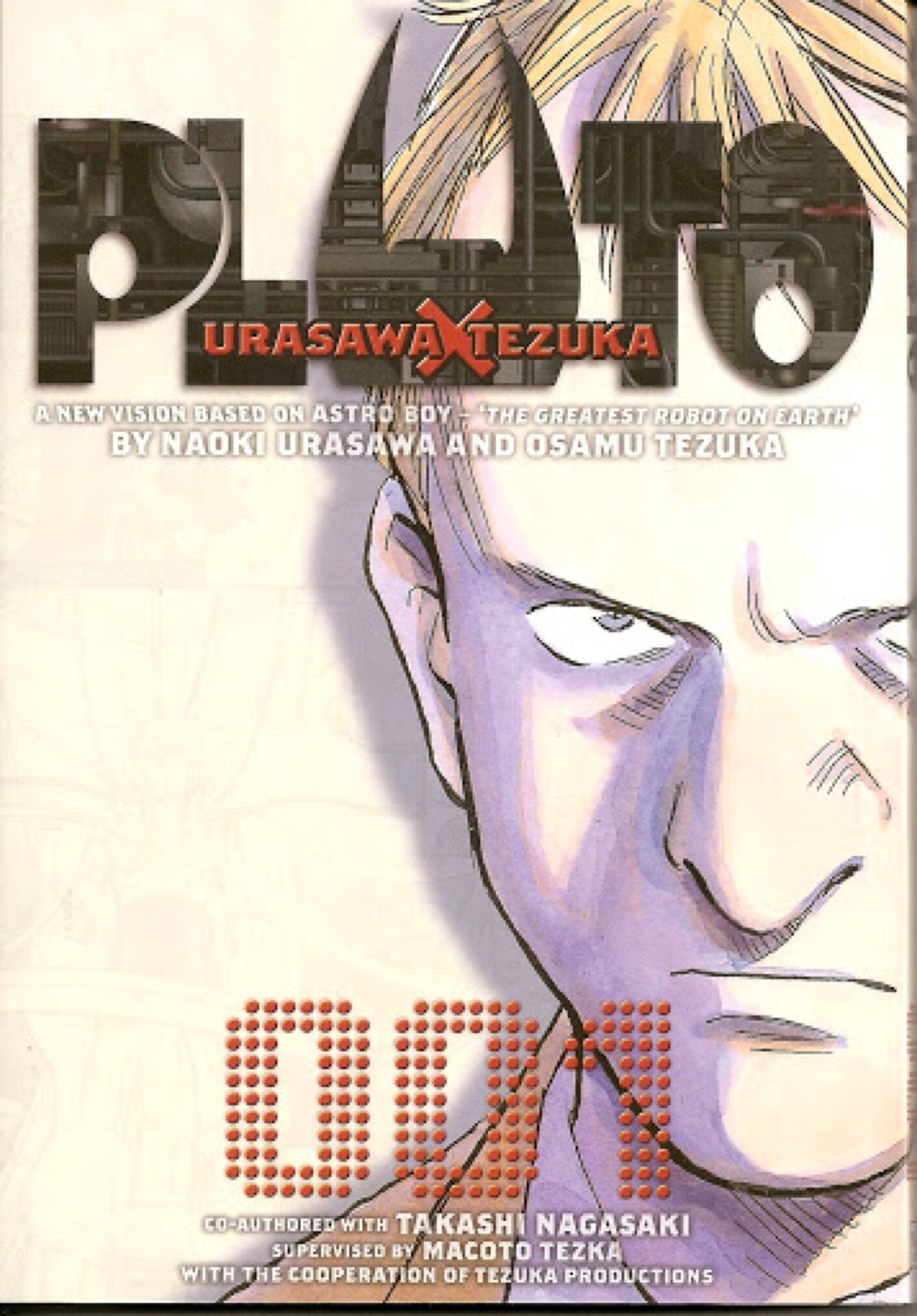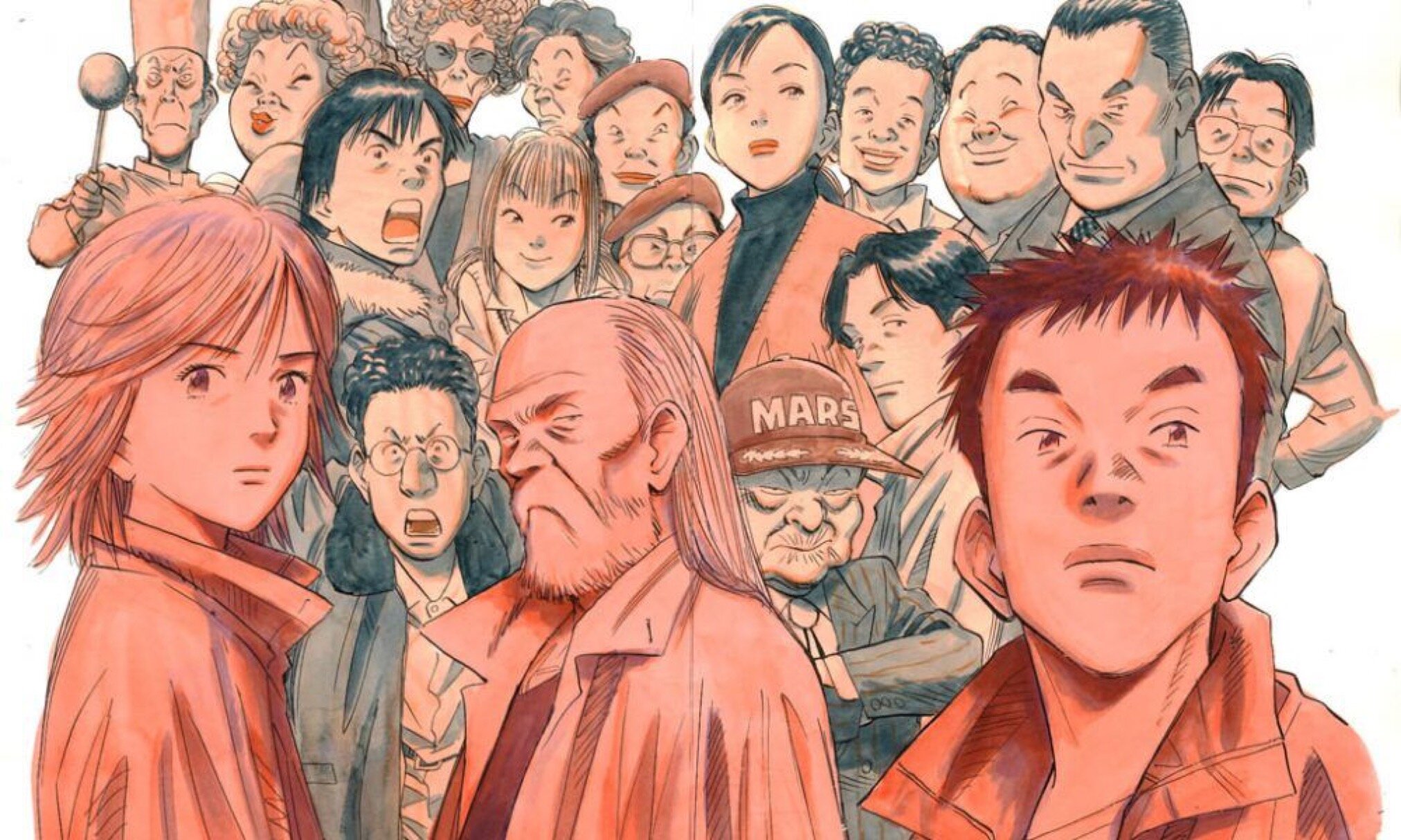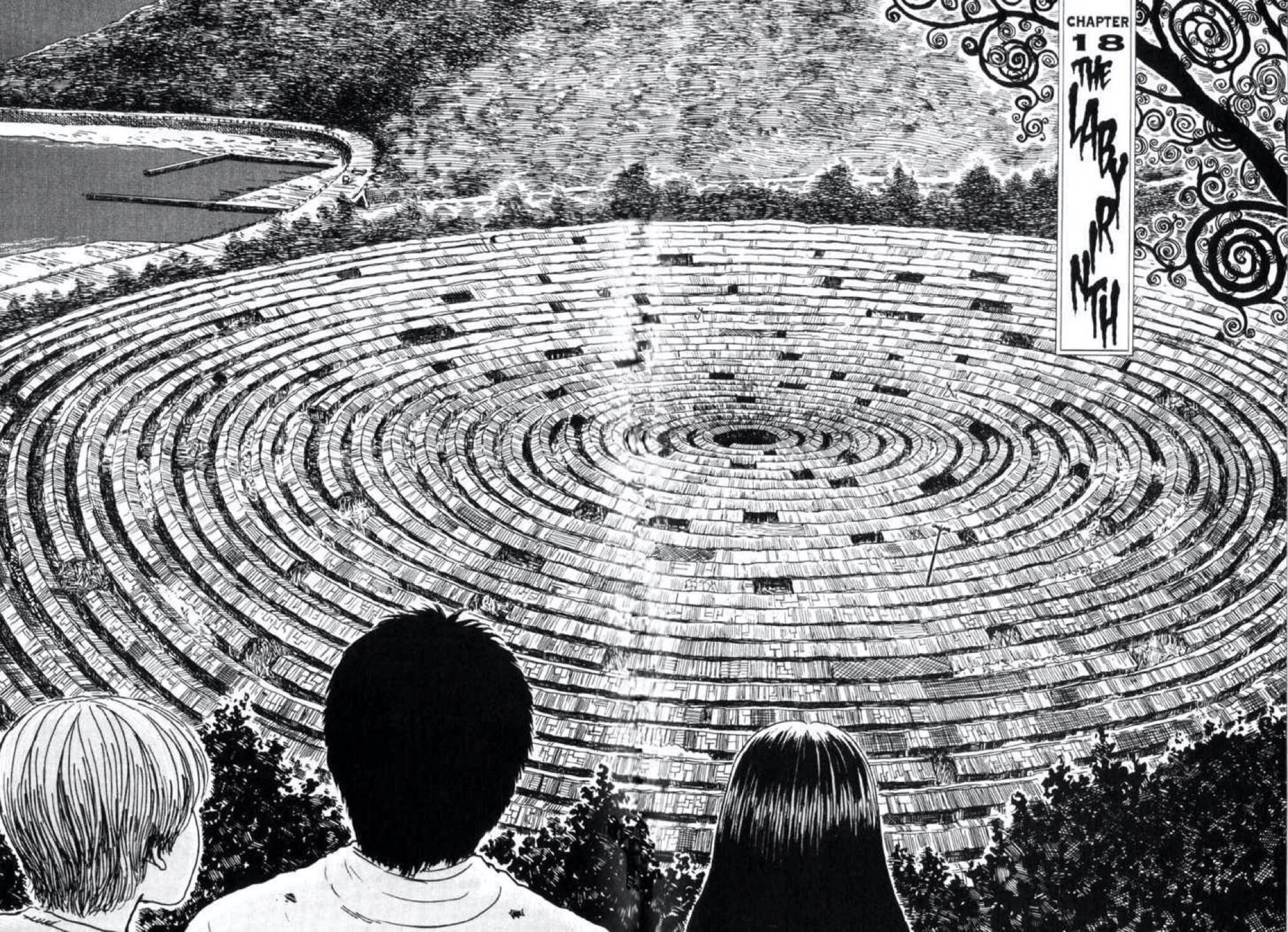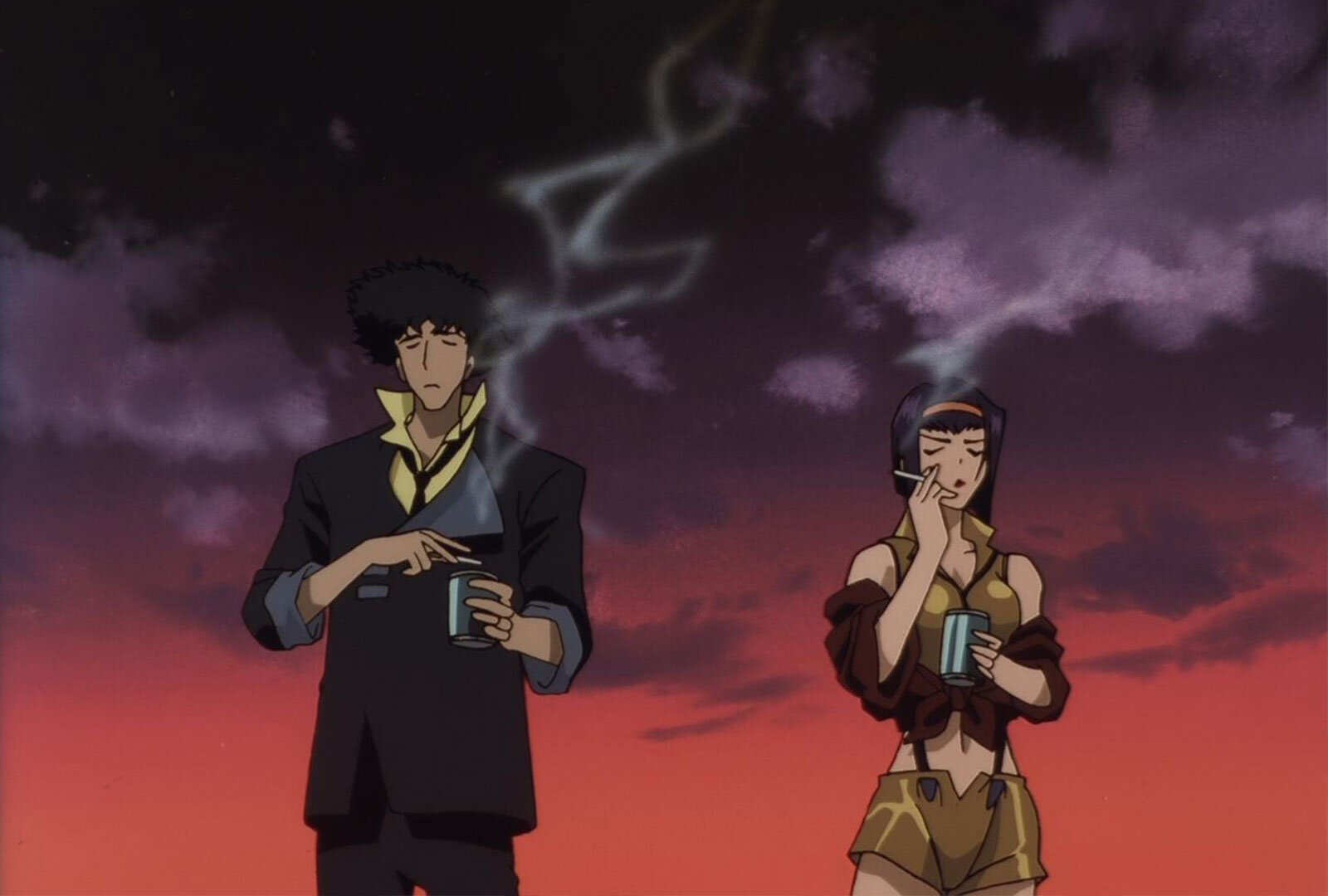NAOKI URASAWA: THE INDELIBLE BRILLIANCE OF MANGA'S MOST THRILLING STORYTELLER
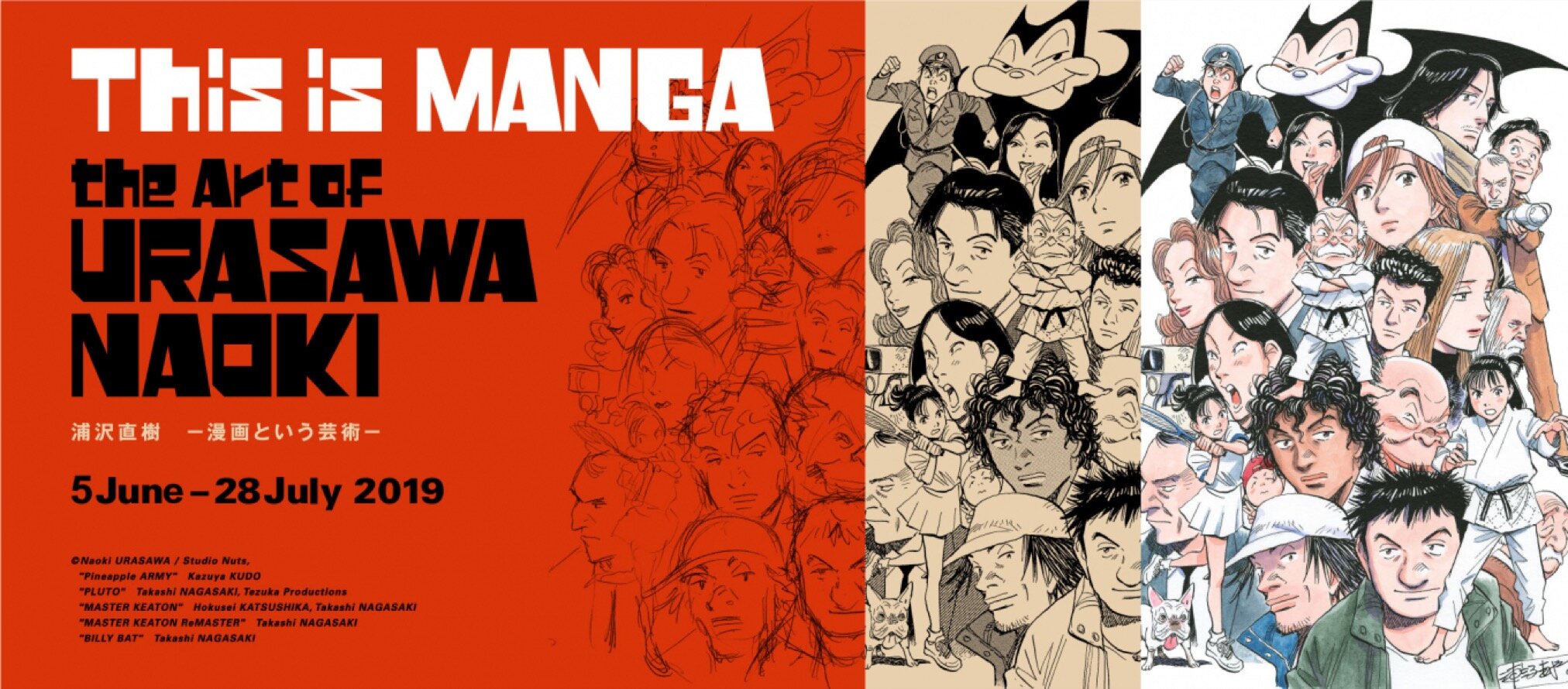
The end of the world, consequences, and the looming threat of an unforeseeable future are some of the themes people encounter in his works.
Well-known for his thrilling and unpredictable ways of storytelling, overarching plots,and an ever-changing cast of characters. Urasawa is a captivating storyteller. Without a doubt, he's one of the greats in manga history.
Whenever people read his mangas, most of the time, they do not see things coming. Urasawa is an ace in plot twists, and this mastery leaves his readers on the edge of their seats. Plot twists may be a hit or miss and a bit gimmicky for some writers, but it feels organic, it feels coherent, when it comes from Urasawa.
Focus is key to enjoying Urasawa’s more complex stories. He loves writing stories that span through ages—from generations long gone, to the war-torn eras of yesterday, the supposedly fake moon landing, the hippies and the rockstars, and then back to the present, or even the future. With so many time jumps involved, the readers might find themselves confused at times, but then eventually come to understand why that part or arc had to be told.
From the main characters to the side ones, his characters are so well-crafted, both in text and in visual. However, the true stars of the show are his antagonists. These characters are just so carefully written, complex, and elaborate [much like his plots], while still being shrouded in mystery. The main characters or the “good guys,” as people may call them, are just as good, but the antagonists almost always take the limelight whenever they’re there, in a panel or four.
Echoing what Pulitzer Prize recipient Junot Diaz said, “Urasawa is a national treasure in Japan, and if you ain’t afraid of picture books, you’ll see why.”
Junot Diaz and Naoki Urasawa, 2013
To get a deeper understanding of his work and legacy, the Sabukaru Team presents you some of Naoki Urasawa’s essential reads [in no particular order]:
Pluto [2003 - 2009]
How do you reinvent an enduring and timeless icon like Osamu Tezuka’s Astro Boy? You let a certain Naoki Urasawa write it, and the rest is history.
A retelling of “The Greatest Robot on Earth” arc and an homage of sorts to Osamu Tezuka and Tetsuwan Atom [Astro Boy], Pluto is one of the most compelling stories ever told. Robots that develop emotions and become more human-like, serial murders, detective work, and a cameo from another famous Tezuka character are what make this such a thrilling read.
Giant horns, and a beloved robot torn to pieces puzzled Gesicht, a Europol police inspector and the main character. The mystery behind the killings started when a famous robot died out of nowhere. Were there any ulterior motives behind these? One might have mixed answers, but one thing’s for sure: The killer was out for blood.
Urasawa’s take on this classic story made the robots, and everyone else, feel more grounded, despite the looming threat. One page where Gesicht tells a robot maid that her husband died while returning his memory chip, and then her trying to process her emotions with what had happened, is one of the highlights of the manga, and one of the best depictions of processing grief in written media. That whole page had an eerie calmness to it. And, all of these mentioned happened in Chapter 1.
There’s more to Pluto than that. Despite the cast being primarily robots, they feel more human than their organic counterparts. It’s a science fiction masterpiece that explores themes like the nature of one's self and their emotions, grief, and how hatred only breeds hatred. The constant debate in Sci-Fi stories whether robots can feel emotion or not is present. Urasawa's approach deviated from the norm; He assumed they indeed can. It only shows how amazing of a writer he is, and how compelling of a story this is, robots and laser beams aside.
Monster [1994 - 2001]
What everyone, from non-Urasawa fans to his loyal readers, considers to be his magnum opus is a thrilling [an understatement] read from start to finish. The complexity of the story, the overarching plots, the well-written characters, and how everything ties together and still makes sense is unparalleled. It's a feat only Urasawa could have done.
Full of mature themes you won’t see from shōnen mangas, no power-of-friendship-saves-the-day tropes, coming to terms with one’s choices, and just all out psychological and philosophical at times, Monster is peak Urasawa writing. It is a psychological thriller that keeps the reader glued to the story. The heart pounds at every turn of the page. He manages to tell slow-burn stories in an exciting way. His writing here was more akin to a David Fincher film, but more tense and more enjoyable. This was also adapted shot-by-shot into an anime in 2004—never missing any detail from the manga, however major or minute.
The character of Johan as the antagonist, is what makes the manga so significant and timeless. He is one of the most iconic and complex characters ever written, not just in Monster, but in all of recent manga history.
One can say that Johan’s disregard for human life can make anyone’s skin crawl, but it is actually his nihilistic views, personal philosophies, and overall presence in the manga that does that. He just has that eerie presence surrounding him. Without him, the trials and tribulations of one Kenzo Tenma would have turned into a quiet medical life in West Germany, and Monster would not be Monster.
Urasawa so masterfully weaved together the plot twists, the characterizations, and the metaphysical themes that Monster cemented his legend status in Japan, and around the globe.
20th Century Boys [1999 - 2006]
How could something imagined by children from 1969 be so absurdly significant in the present? A story so exquisitely preposterous that only one writer can effortlessly pull it off. This is 20th Century Boys.
Unrequited friendships and rock ‘n roll. Two unlikely things to cross paths but two things that worked so well together because of Urasawa. Running at 249 chapters collected in 22 tankōbon volumes, the story spans decades—from a time where secret bases made from twigs and branches are aplenty, super robot mangas are all the rage, and to a future that no one wants. 20th Century Boys, without any exaggeration, is one hell of a ride from start to finish.
It’s baffling how this and Monster both came from him. While Monster is considered to be his magnum opus, 20th Century Boys is his most enjoyable and relatable work. A hodgepodge of backstories revealed through flashbacks, loud guitar music, world domination, and the terrorising masked enigma that is simply known as "Friend." One might say that this is him being ambitious, yet playful. Some readers might get intimidated by the countless interconnected storylines, but it is such a satisfying read. One discovers more about the story and the characters and their nuances as one dives deeper into it. It's an apocalyptic masterpiece that is so tightly knitted together that even side characters have depth to them.
A literary tour de force, 20th Century Boys follows Endō Kenji, an aspiring rockstar and struggling convenience store owner slash superhero uncle to his baby niece.With dreams of greatness from childhood to leading a rather simple life in adulthood, he is reunited with childhood friends, Yoshitsune, Maruo, Mon-chan, and Keroyon, when one of them, a science teacher fondly named "Donkey," makes the headlines because of his sudden passing. When he comes across a weird yet familiar symbol early on, and a cult led by one peculiar man addressed by his followers as "Friend," the ride starts with no breaks and no end in sight.
Don't let 20th Century Boys' flashback and character-driven Sci-Fi mystery fool you. This is a story with a lot of heart. With nuances that carry on to adulthood, the lovable characters grow up before the readers' eyes. The story follows their lives back and forth between 1969 and 1997 [amongst other time periods]. It starts in the present, flashbacks to a time when writing the ominous "Book of Prophecy" were children's form of pastime, and hints to an apocalyptic future much worse than what Nostradamus and the Mayans have prophesied.
Urasawa's storytelling here is charmingly erratic, and yet, somehow, everything ties so seamlessly at the climax of each volume, and by the climax of the whole story. He executed it so masterfully that readers might find themselves reading with bated breath.
Asadora [2018 –]
While it may still be ongoing, Asadora is shaping up to be one of Urasawa’s bests. Yesteryears, spunky heroines, and shady middle-aged agents; everything Urasawa is famous for are here, except there’s something new—Kaijus.
The story opens during 2020, an attack from an unknown creature is terrorising Tokyo and leaving everything in ruins. Much like with what’s happening in the world right now, especially during the first and second quarters of 2020 [read: covid, pandemic], everyone’s in a state of panic. And then, the classic Urasawa time jump ensues. The reader gets brought back to 1959, a much simpler time. Or so they thought.
There is so much potential in this manga. The what ifs, the maybes, the homage to the world’s most famous Kaiju. What’s not to love. Page by page, panel by panel, leave it to Urasawa to keep his readers on the edge of their seat. Asadora will surely only get better than it already is, as the story progresses.
Lastly, don’t be fooled by that cute cover. This is something else entirely.
Billy Bat [2008 - 2016]
Taking cues from his previous works, but amped up to a thousand and one, this is everything Urasawa is great at. Generations long gone but never forgotten, mysteries, supernatural beings, and humanity's worst people all in one manga. And, in classic Urasawa fashion, he again plunges in and out of different time periods, while introducing countless characters, to tell a whimsical, gripping tale of epic proportions that is Billy Bat.
Cartoon character, prophet, god, guide, the devil, manifestation of people's desires, all-seeing, mass hysteria, omnipotent being, plot device—with all of these mentioned, what in the world is Billy Bat?
When someone mentions Mickey Mouse, the thought that comes to mind is the beloved character and an icon for all ages. In this comic within a comic, Billy Bat is the same, but more mischievous, more sinister, and a bat.
Here, the reader gets introduced to Japanese-American cartoonist, Kevin Yamagata. Billy Bat, a favourite among his readers from all walks of life, good and bad, is his creation—or so he thought. As luck would have it, he learns of a manga that features a similar bat character. With the thought of unintentionally plagiarising a character that he thought was his, guilt got the best of him. He travels to Japan, not for vacation, but to meet with the author and ask for permission to continue telling his story. What he uncovers are conspiracies, magic scrolls, killings, and trainwrecks, which all apparently traces back to his character.
As one dives deeper into the story, they discover more and more about Billy Bat. He is more than a cartoon character fabricated by Kevin's mind. He is an ominous presence, a multiversal being, and all that is and will be. Spanning from ages where prophets were crucified, to presidents assassinated, to walls collapsing along with communism, and to the horrifying 9/11 attacks, Billy Bat has influenced history in ways no one dares imagine. Why is he here and where is he from? No one knows.
With endless twists and turns, it may get confusing at times, but it sure is bewitching. The story requires the reader's utmost attention, and being patient pays off. It is clear how this is Naoki Uraswa and Takashi Nagasaki's take on alternate history. The balance between fiction and non-fiction is flawless. Readers may recognise historical figures and events here and there, and it just shows how commendable the research, planning, and preparation they put into telling this story.
Despite the gigantic cast and their interconnecting stories because of a cartoon bat, Urasawa never fails to make it all work. Familiar themes from him like the obscurity surrounding one particular character, travelling through different points of time [within the story], and the impending doom are ever so present here. Billy Bat, to say the least, is a hypnotic and enjoyable read.
The multifaceted storyteller once said that “A lot of artists really struggled to decide whether to become manga artists or rock musicians, so the two are intertwined, they’re synonymous!” And, he became just that. Urasawa is also a musician under the name "Bob Lennon." His musicality was evident in 20th Century Boys, which was a medley of rock 'n roll and the apocalypse. He even composed an anthem for the oppressed besides creating a melodic battlecry that will stick to the readers minds like a catchy jingle from a TV commercial.
With all that said and done, I leave you with this song from his album, Half Century Man:
“Guta lala, Suda lala”
About the author:
Josh Morente wears t-shirts two sizes larger, worships Masaaki Yuasa and Red Velvet, reads about oddities, loves places that are further than the universe, and occasionally writes through Instagram stories.

